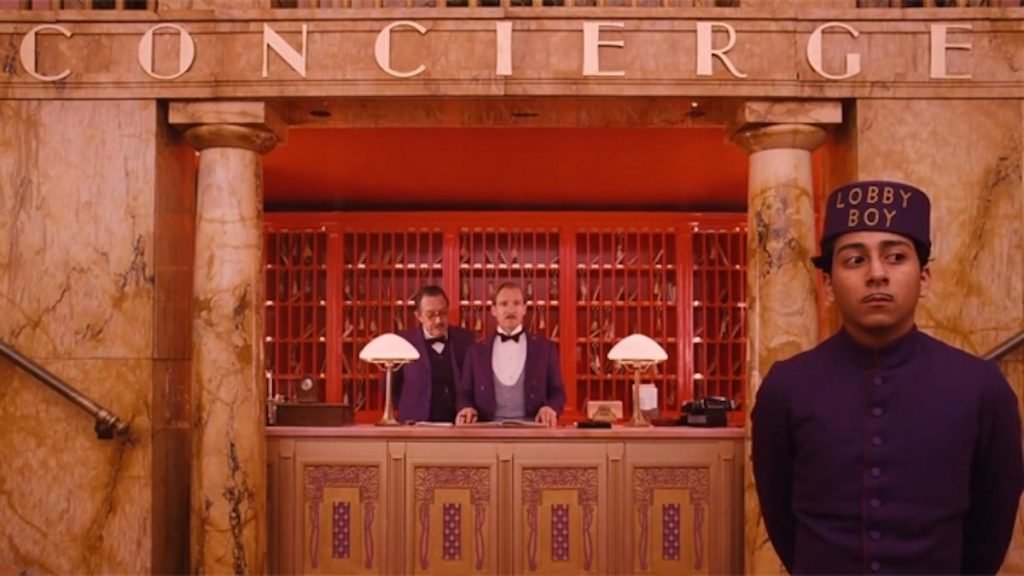This afternoon I watched The Cabinet of Dr. Caligari (1920) but before I begin to talk about the film, I want to highlight the fact that I realized the dire need of having a film journal for two reasons prominently. One, to keep track of what I am watching. Two, to record my thoughts, opinions, and my journey as a literature and cinema student. I did begin by maintaining a physical notebook. But then I realized that Beyond Blurb was born out of my desire to spread word on books and films, that deserve to be seen and talked about. So I decided to go digital.
Now, I know not everyone will be interested in watching a 1920 black and white movie, and if you are one of them, think about this – when we began to read, we learnt a few alphabets, then a few words, then a few sentence, and gradually our language developed. This is the same case with film language, and to consume film sincerely, one needs to grasp its language. And thereby travelling back in time and following the trajectory of the development of film language until now become significant. Honestly, this will change the way you experience cinema.
I spent the afternoon watching Raja Harishchandra (1913), a silent film, directed by Dadasaheb Phalke. It is considered to be the first film that appeared in India. Click here and give it a watch. For you deserve to know how the silent era of Indian Cinema looked like.
Now jumping from this to German Expressionism might be a big leap, but let us talk about The Cabinet of Dr. Caligari.
The Cabinet of Dr. Caligari (1920) directed by Robert Wiene and written by Hans Janowitz and Carl Mayer is a prominent work of German Expressionist Cinema. A cinema that originated in Germany around World War I. Like any other art movements, expressionism first emerged in paintings and literature, before entering the world of cinema. Talking about paintings, the Norwegian painter Edvard Munch, who famously painted The Scream, is considered to be the father of expressionism. Interestingly, Robert Frost´s poem Fire and Ice highly influenced the German Expressionism.
The film that is the subject of discussion here, is a story of a Doctor who initially appears to be an authoritative figure and is found taking control of a somnambulist, a sleepwalker. Under the control of the doctor, the somnambulist murders three people consecutively, and in a mysterious way. While the content may appear to be horrific in nature, the form of the film only shows the potency of horror. The spectacle does not appear on screen as vividly as one might see in a Quintin Tarantino film, but merely shows the potential of the horror and the macabre.
As one watches the end, one is left pondering –
Does it happen?
Are they fragments of Imagination?
Is the doctor a patient or the director?
Of course all of us might develop different perspectives on these questions, and thereby the filmmaker achieve his goal by leaving us all with subjective truths. Additionally, as we deal with these questions we can notice that the use of asylum is a framing device in the film.
The ambiguity is created not just in the content but also in the form. The set for The Cabinet of Dr. Caligari is designed in such a way that it brings out the madness of the content, thereby stating clearly that form subsumes content. The buildings in the film are seen to be of unusual nature – pointed and distorted. The room where Dr. Caligari and Cesare (the somnambulist) stays, is completely slanted and appears to be dream-like. Definitely it deals with the inner romanticism of the human soul rather than depicting the reality of its time.
Furthermore, the narration follows a pyramidical structure, with events on top of one another, instead of being one after the other. This creates the potency of spectacle and horror in the psyche of the viewer, even though the filmmaker does not overtly show the same on screen. The affinity to dream-like state and the deliberate attempt to move away from reality becomes apposite to the narrative.
For anyone seeking to understand film language of Expressionist Cinema I would highly recommend The Cabinet of Dr. Caligari directed by Robert Wiene.



Leave a Reply